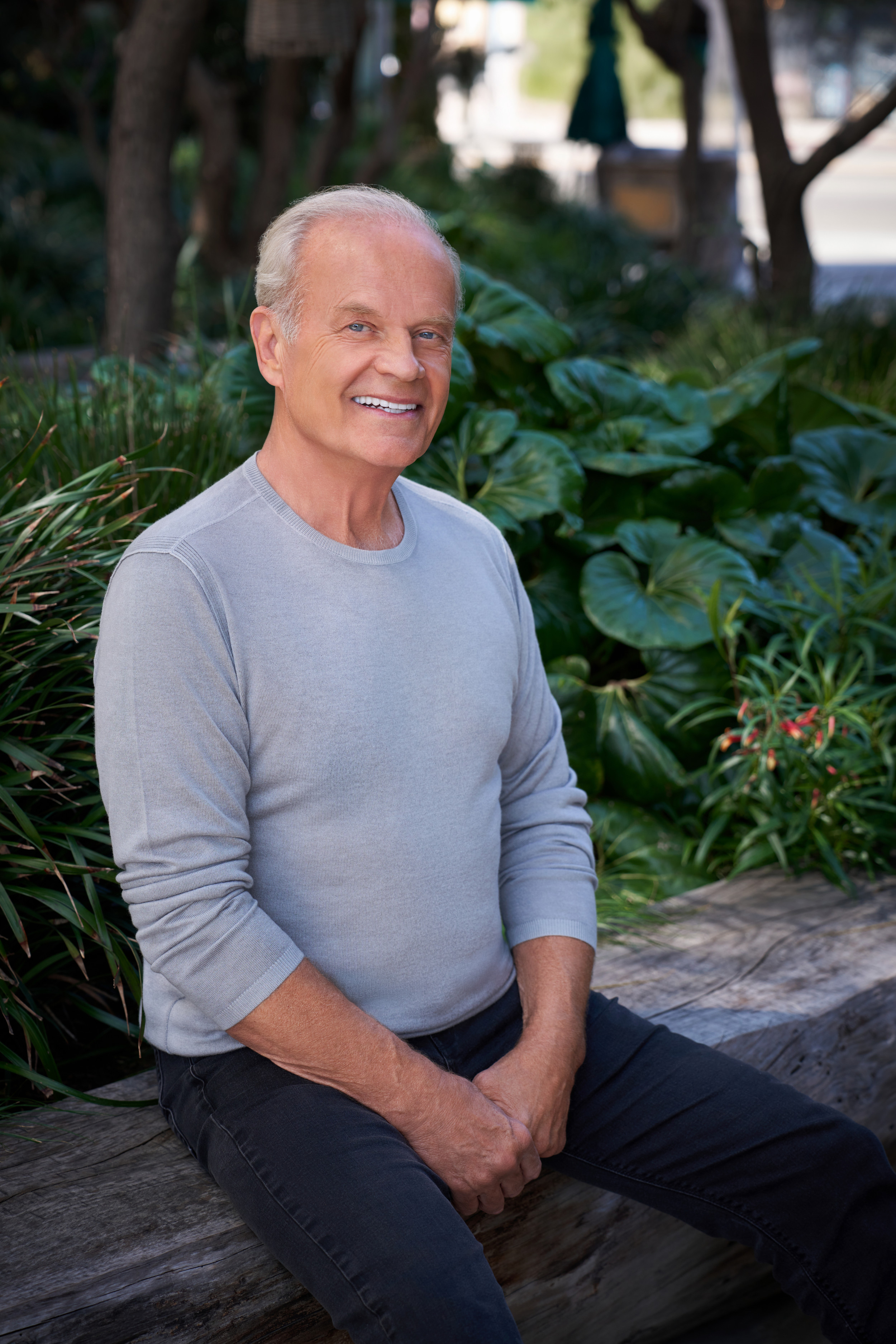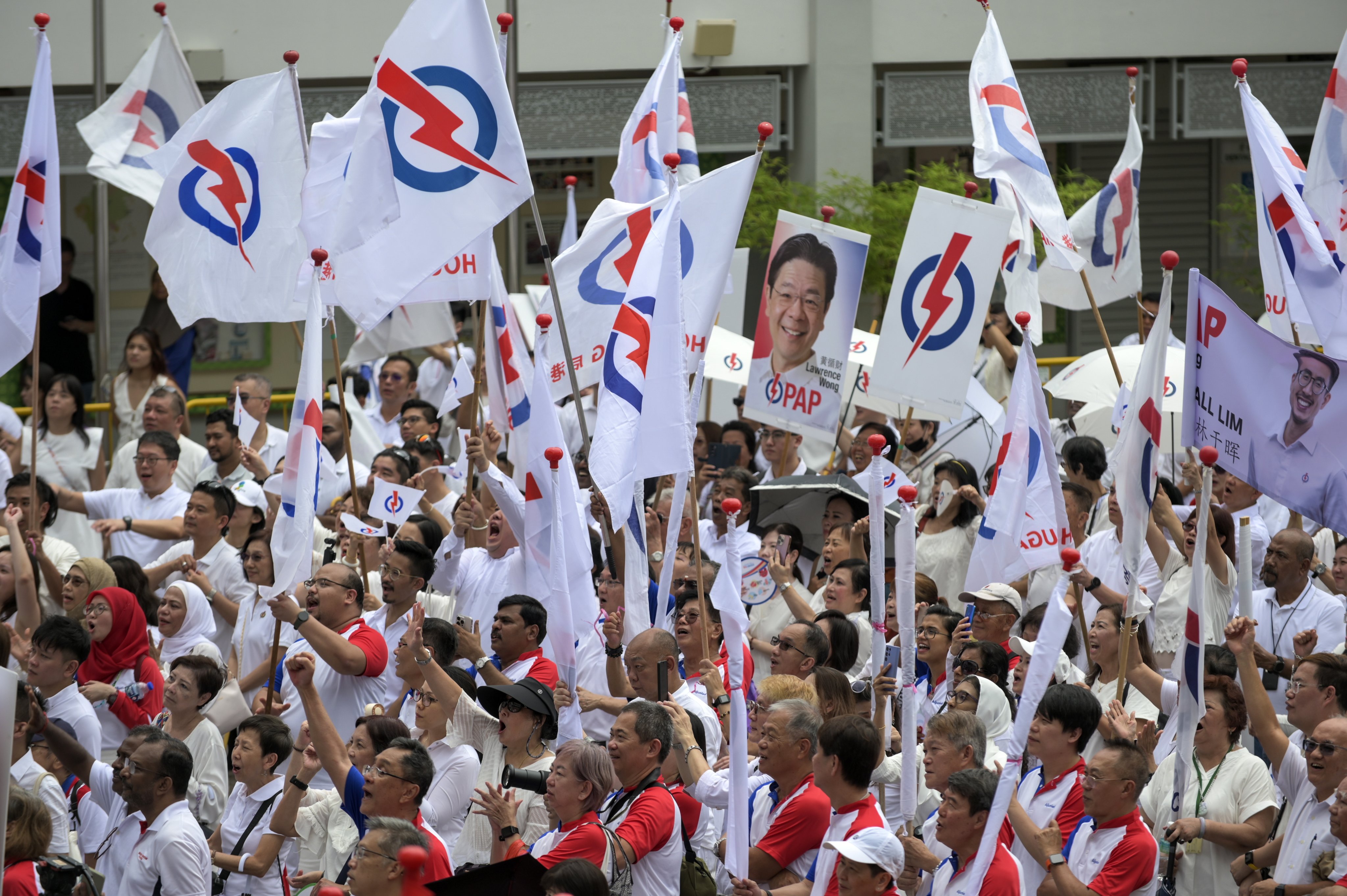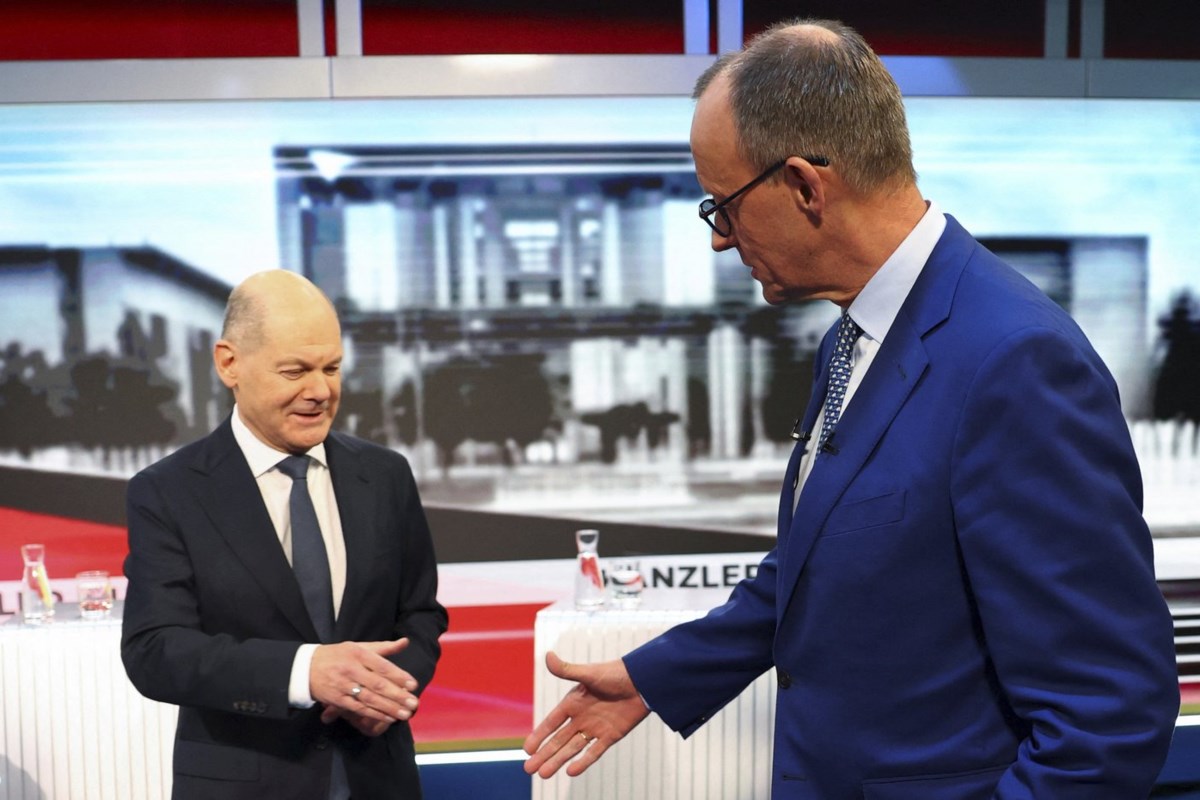From the biography: Mirra Alfassa aka The Mother’s early days in India as a Frenchwoman

The French East India Company set up a trading post in Pondicherry in 1674. For the next 140 years – a time of worldwide conflict between the French, British and Dutch regimes – the town passed back and forth between these imperial powers. In the middle of the eighteenth century, French Pondicherry enjoyed a period of influence and prosperity. Using the town as a base, Governor Joseph François Dupleix extended France’s influence in south India. French merchants and their Indian agents amassed huge fortunes exporting textiles to France. All this came to an end when the British occupied Pondicherry during the European wars of 1792–1815. After the defeat of Napoleon, the British returned five territories in southern and eastern India to the French. Pondicherry, now a shadow of its former self, was the largest. It became the capital of the French Settlements in India, a coaling station for ships en route to Indochina, an exporter of peanuts, a centre for smuggling and a thorn in the side of British Indian officials. The oval-shaped town was laid out on a grid, with parallel avenues running north and south, intersected by parallel streets. A drainage canal bisecting the oval split the town into two unequal halves: To the east, near the seafront, was the European quarter, called by the French the ville blanche (“white town”), to the west the Indian quarter or ville noire (“black town”). A park in the centre occupied the site of the destroyed French fort. Around it were the governor’s palace, administrative buildings, a hospital, a post office and a club reserved for Europeans. The houses of French officials lay behind white-painted walls, topped sometimes by clusters of pink bougainvillaea. Indian merchants built their mansions in the better parts of the Indian town. The mud-and-thatch huts of the working class merged gradually with the surrounding villages. Under the Third Republic, a limited number of residents of French India were given the right to elect a representative to the Chamber of Deputies. The results were derisory. “Of all the [French] colonial elections,” one writer observed, “those of India represent the greatest travesty of democratic principles.” Everything was controlled by political bosses who presided over “one of the best organised systems of corruption and violence existing anywhere in the world.” This is what Paul Richard was up against in April 1914. There were two main parties, the “European” and the “Indian” – although all the candidates were European. The incumbent was a Frenchman with family links to Pondicherry, named Paul Bluysen. His Indian-party rival was Philema Lemaire, who had been unseated by Bluysen in 1910. This time around, there was a third-party candidate named J. Laporte. Richard became the fourth contestant. After trying to win over the bosses of Pondicherry, he made a trip to Karaikal, a French town 130 kilometres to the south, to drum up some support. Mirra went along. The room they stayed in was totally dilapidated and infested by white ants. This must have been a shock for a woman who had passed almost all of her life in the better parts of Paris, but she took it in her stride. She wrote in her diary on 13 April: In the midst of these circumstances, so complex and shifting, I have never before so completely lived Thy immutable peace or rather the ‘I’ has never before disappeared so completely that Thy divine peace alone is living. All is beautiful, harmonious and calm, all is full of Thee. She and Paul were back in Pondicherry by 17 April. Here too she was focused on her inner life rather than the events around her: “O my sweet Master, my divine Lord,” she wrote, “tear out from my heart this illusion [of selfhood] so that this servant may become pure and may faithfully and integrally bring back to Thee all that is Thy due.” The election was held on 26 April. The results were announced two days later. Richard was trounced, getting only 231 votes against 33,154 for Bluysen, 5,624 for Lemaire and 368 for Laporte. If the election had been held in today’s United Kingdom or India, he would have lost his deposit. The same day, Mirra wrote: “Thy law unfolds before us with precision, and … it is the best, that which will best serve Thy work in the world, that has happened.” But what was the work in the world for which she and Paul had come to India? For a while, this remained unclear. Then one evening, early in May, when Mirra and Paul had gone to Aurobindo’s house for a visit, Paul turned to him and said: “Shall we start a magazine?” Aurobindo nodded in assent. Soon, they were busy doing everything necessary to launch a monthly review, with simultaneous editions in English and French. It would be called The New Idea/L’Idée Nouvelle. The same name would be used for a society or discussion group for people interested in their work. (The name obviously is an echo of Idéa, the group Mirra was involved with in Paris in 1905–07.) Aurobindo, who, since his arrival in Pondicherry, had been writing essays and commentaries on the Vedas, the Upanishads and yoga, sketched the proposed contents of the English edition. Paul said he would contribute a work of speculative theology, Le Pourquoi des Mondes/The Wherefore of the Worlds, and also work up his and de Fontenay’s collection of extracts from religious and philosophical literature, to be called Les Paroles Éternelles/The Eternal Wisdom. He got the necessary permissions from the Government of French India and located a printing establishment. Mirra took charge of the office. The three of them would be listed as the journal’s editors. Sometime in June, they decided to change its name. It would be called Arya, a Vedic word meaning “noble”. The Aryan, Aurobindo later explained in the pages of the journal, “is he who strives and overcomes all outside him and within him that stands opposed to the human advance”. In the beginning of June, Paul and Mirra moved into a spacious first-floor flat in a house on Rue Dupleix, next to the governor’s mansion. From their terrace, they could see Aurobindo’s place. When he wasn’t writing or meditating, he used to walk on his veranda, sometimes logging several kilometres a day. The Richards visited almost every evening. On Sundays, Aurobindo and his companions – young men, some of them former revolutionaries, who had taken refuge with him in Pondicherry – went to the Richards’ place for dinner. Mirra prepared some of the dishes herself. “After dinner,” Paul later recalled, “we would sit until late on the terrace under the beautiful southern constellations”, speaking about Arya and the state of the world. On 17 June, Paul’s fortieth birthday, the editors announced the upcoming launch of the journal. Aurobindo wrote, with incredible speed, the first instalments of The Life Divine, The Synthesis of Yoga, The Secret of the Veda, renderings of Vedic hymns and the Isha Upanishad and some independent essays. Mirra translated all of this into French. Paul added his contributions, which Aurobindo translated into English. They planned to bring out the first issue on 15 August, Aurobindo’s forty-second birthday. Towards the end of June, it looked like they would make the deadline. One factor they hadn’t taken into account was the political situation in Europe. After the assassination of Archduke Franz-Ferdinand in Sarajevo on 28 June, the Great Powers began the diplomatic dance that would lead to war a month later. Judging by their diaries, Mirra and Aurobindo were, at first, not terribly concerned about what was going on in Europe. It was not until 30 July, two days after Austria–Hungary declared war on Serbia, that Aurobindo realized the crisis could not be averted. Four days later, Mirra wrote in her diary: “Men, impelled by the conflict of forces, are performing a sublime sacrifice, they are offering their lives in a bloodstained holocaust.” Despite the changed circumstances, the editors went ahead. On 15 August, the first issue of Arya appeared. It had gone to press too late for the editors to comment on the war, but, in September, Aurobindo wrote that “the “Arya”, a review of pure Philosophy”, had “no direct concern with political passions and interests”. On the other hand, it “could not ignore the enormous convulsion that is at present in progress”. Some issues raised by the war would find a place in the philosophical synthesis that the journal proposed, but this could not be done “in this moment of supreme tension and wide-spread agony”. The editors therefore excused themselves from discussing current events. Aurobindo continued to write about metaphysics, yoga and the Indian tradition. Paul continued to write about the meaning of existence. Mirra laboured at her editorial and translation work, and ran the office as efficiently as she had run the office of the Revue Cosmique. Physically, the two journals were similar. Each issue had sixty-four pages. The paper was good, the typesetting neat and clear, with few typographical errors. (In the case of Arya, this was something of a miracle given that the printers had so far specialised in handbills and wedding invitations.) In terms of content, the journals were worlds apart. Aurobindo’s contributions show an intimate knowledge of the Upanishads and Vedas. Based firmly on this tradition, his own philosophy is logical and clear. The writings in the Revue Cosmique, based ostensibly on the world’s original wisdom tradition, were mostly products of the Theons’ imaginations. Arya was like an Indian fortress built of granite blocks, the Revue like a Celtic fairy castle made of butterfly wings. Despite being born at an inauspicious hour, Arya proved a success. On the other hand, the New Idea/L’Idée Nouvelle society scarcely got off the ground. Mirra held a few meetings with some young men of the town, speaking to them about the power of thought and encouraging them to meditate. It was a far cry from the animated meetings of her groups in Paris. Excerpted with permission from The Mother: A Life of Sri Aurobindo’s Spiritual Collaborator, Peter Heehs, HarperCollins India.

















